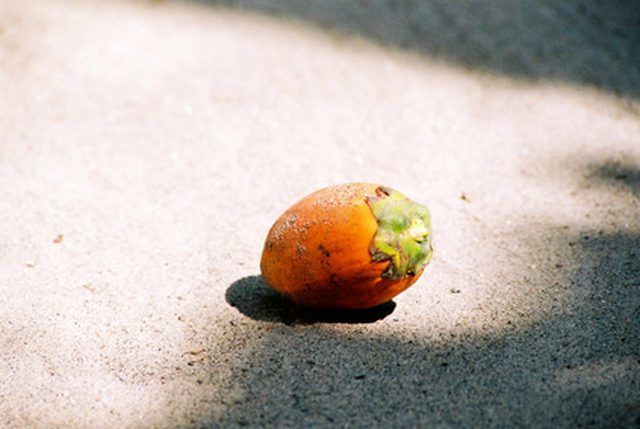Bulbs
Flower Basics
Flower Beds & Specialty Gardens
Flower Garden
Garden Furniture
Garden Gnomes
Garden Seeds
Garden Sheds
Garden Statues
Garden Tools & Supplies
Gardening Basics
Green & Organic
Groundcovers & Vines
Growing Annuals
Growing Basil
Growing Beans
Growing Berries
Growing Blueberries
Growing Cactus
Growing Corn
Growing Cotton
Growing Edibles
Growing Flowers
Growing Garlic
Growing Grapes
Growing Grass
Growing Herbs
Growing Jasmine
Growing Mint
Growing Mushrooms
Orchids
Growing Peanuts
Growing Perennials
Growing Plants
Growing Rosemary
Growing Roses
Growing Strawberries
Growing Sunflowers
Growing Thyme
Growing Tomatoes
Growing Tulips
Growing Vegetables
Herb Basics
Herb Garden
Indoor Growing
Landscaping Basics
Landscaping Patios
Landscaping Plants
Landscaping Shrubs
Landscaping Trees
Landscaping Walks & Pathways
Lawn Basics
Lawn Maintenance
Lawn Mowers
Lawn Ornaments
Lawn Planting
Lawn Tools
Outdoor Growing
Overall Landscape Planning
Pests, Weeds & Problems
Plant Basics
Rock Garden
Rose Garden
Shrubs
Soil
Specialty Gardens
Trees
Vegetable Garden
Yard Maintenance
Trimming of Areca Palm in the Yard
Trimming of Areca Palm in the Yard. The areca palm, native to Madagascar and commonly referred to as a yellow butterfly palm or golden cane palm, belongs to the arecacea/palmae family and is one of the most used palms in outdoor landscaping. The areca is popular because it is inexpensive, requires low maintenance in terms of both light and water,...

The areca palm, native to Madagascar and commonly referred to as a yellow butterfly palm or golden cane palm, belongs to the arecacea/palmae family and is one of the most used palms in outdoor landscaping. The areca is popular because it is inexpensive, requires low maintenance in terms of both light and water, makes an excellent covering plant and adds tropical flavor to any outdoor space. Areca palms are so cheap and easy, in fact, that some landscapers call them "throwaway palms." The areca doesn't require much trimming or pruning, but a bit of maintenance will result in a far more attractive palm over the course of the years.
Location in the Yard
The amount of trimming required will depend largely on where the areca is planted in the yard. In direct sunlight, the older leaves will yellow and even dry out to a gray mass of dead foliage. To minimize the amount of pruning necessary, keep the areca in a spot blessed with bright but indirect light.
Age When Planted
The age of a palm is a factor when it's planted. A five- to six-year-old palm will handle direct sunlight well. There may be a slight increase in the yellowing of the leaves, but the plant will remain robust and healthy. When it's younger than five, though, the areca is far more sensitive to direct light, and placement in too intense a spot in the yard will result in yellowing of the fronds, which will necessitate more trimming and pruning to keep it attractive.
Culms
As the areca palm ages and becomes larger, a great deal of foliage begins to accumulate around its culms, or stems. As with many palms, that foliage will often be partially dry and dead and, while no longer alive, will not be all that easy to remove. Professional pruning can cost as much as $300. However, you can avoid this entirely with a little bit of maintenance and trimming.
Trimming and Pruning
The trimming itself, if done regularly, is a relatively easy chore. Cyt away any yellowing leaves near the base, and remove dry or dead foliage around the culms. If you're using the areca as a covering of sorts, whether along a fence, a back wall, or just to create a screen, remember that excessive pruning can leave gaps. Also keep this in mind when planting arecas and deciding how to space them in your yard. Arecas can be propagated by cutting healthy fronds at the base and replanting them.
Potential Problems
If it's left to overgrow, the areca will be more time-consuming and difficult to prune. While it is most definitely a low maintenance plant, the areca will be most attractive when trimmed regularly. Also, given the areca's potential to grow to up to 30 feet high, there may come a time when trimming it is no longer possible without specialized equipment. The culms, of course, can always be maintained but, when the palm has reached an unreachable height, hiring a professional every couple of years may be the best option.